Aso Oke Iro and Buba: Everything You Need to Know
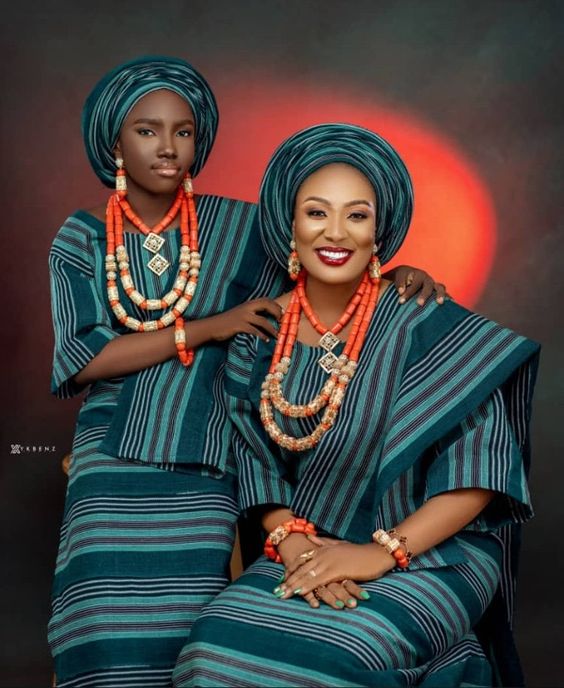
Aso Oke Iro and Buba is a traditional Nigerian attire that has gained global recognition for its exquisite craftsmanship and cultural significance. It consists of a wrapper (iro) and a loose-fitting blouse (buba), both made from intricately woven Aso Oke fabric.
The Aso Oke fabric is handwoven on a traditional loom, using colorful and geometric patterns that tell stories and represent the heritage of the Yoruba people.
In this article, we will explore everything you need to know about Aso Oke Iro and Buba, from its history and cultural importance to its modern adaptations and styling tips. So, whether you are a fashion enthusiast, a cultural explorer, or simply curious about this unique attire, keep reading to uncover the beauty and significance of Aso Oke Iro and Buba.
The history and significance of Aso Oke Iro and Buba
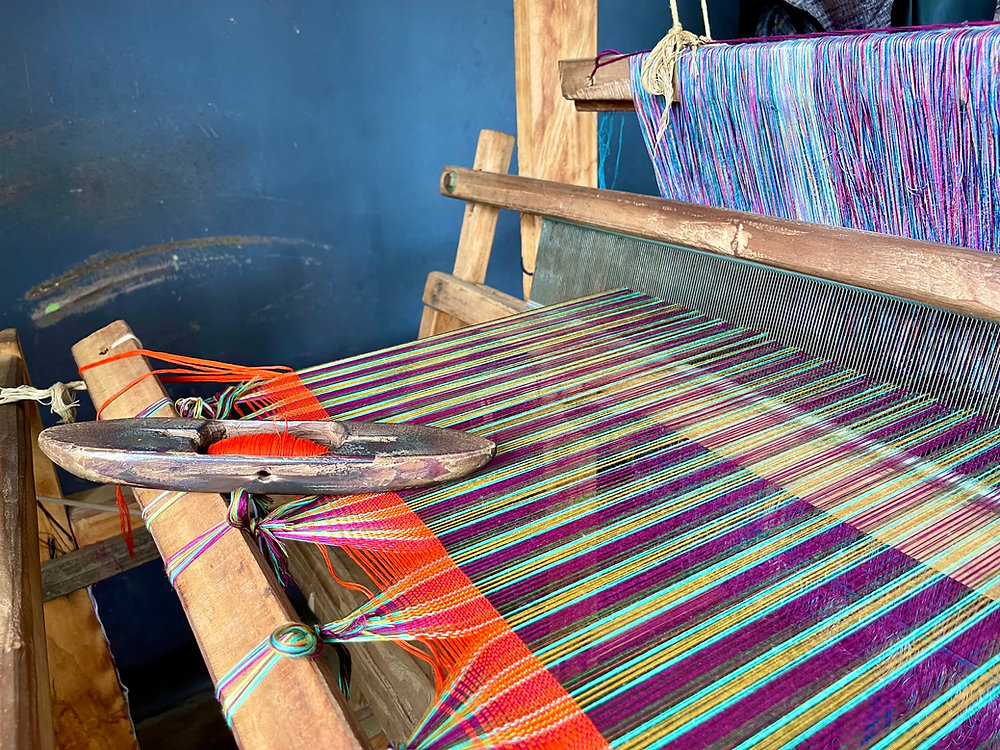
Aso Oke Iro and Buba have a long-standing history in Nigerian culture. This traditional attire has been worn by the Yoruba people for generations, and its significance goes beyond just fashion. Aso Oke Iro and Buba are often worn on important occasions such as weddings, funerals, and religious ceremonies, symbolizing unity, celebration, and respect.
The art of weaving Aso Oke fabric dates back centuries and is believed to have originated from the Yoruba people of Nigeria. This intricate weaving process involves the use of a traditional loom and requires skilled artisans to create the vibrant geometric patterns that are characteristic of Aso Oke fabric.
The patterns and colors of the Aso Oke fabric hold diverse meanings in Yoruba culture. For example, the use of gold in the fabric represents wealth and prosperity, while the use of indigo symbolizes spirituality and purity. Each design is carefully chosen to reflect the occasion and the personality of the wearer.
In the next section, we will explore the different types of Aso Oke fabric and their variations. Join us as we unravel the beauty and uniqueness of this traditional Nigerian attire.
How to wear Aso Oke Iro and Buba
The Aso Oke Iro and Buba consists of two main parts: the Iro, which is the wrap-around skirt, and the Buba, which is the loose-fitting blouse. The Iro is tied around the waist, while the Buba is worn over it, creating a stylish and elegant ensemble.
To achieve the perfect fit and look, it is essential to have your Iro and Buba tailored specifically for you. This ensures that it complements your body shape and size, making you feel comfortable and confident.
When wearing, accessorizing plays a crucial role in completing your outfit. Traditionally, women adorn their heads with gele, a headwrap made from the same fabric as the Aso Oke. Additionally, statement jewelry, such as necklaces and earrings, can add a touch of glamour and sophistication to your look.
Remember, This is not just a piece of clothing, but a symbol of tradition and culture. By wearing it with pride and respect, you can celebrate and honor the rich history and heritage of Nigeria.
Popular styles and variations of Aso Oke Iro and Buba
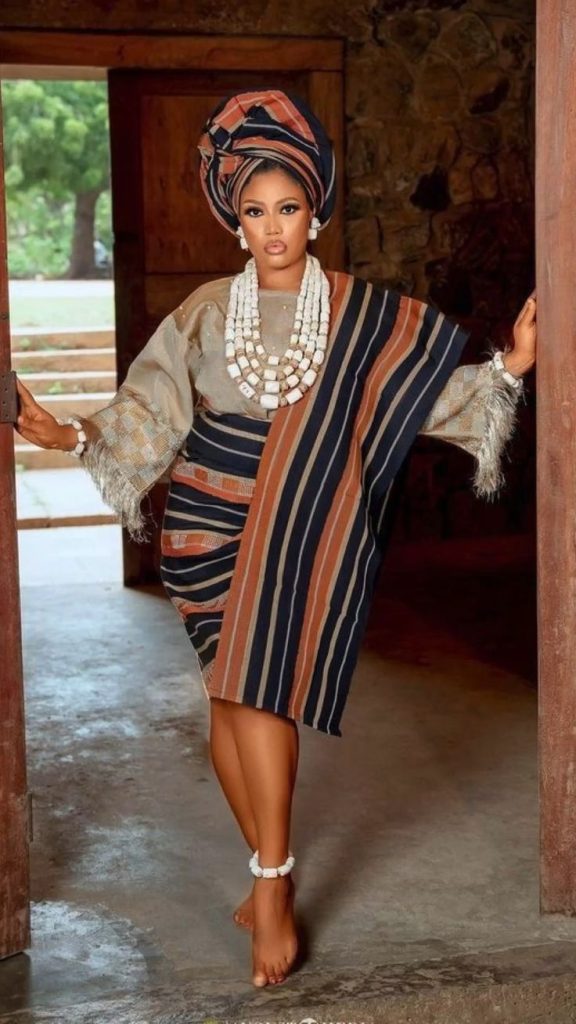
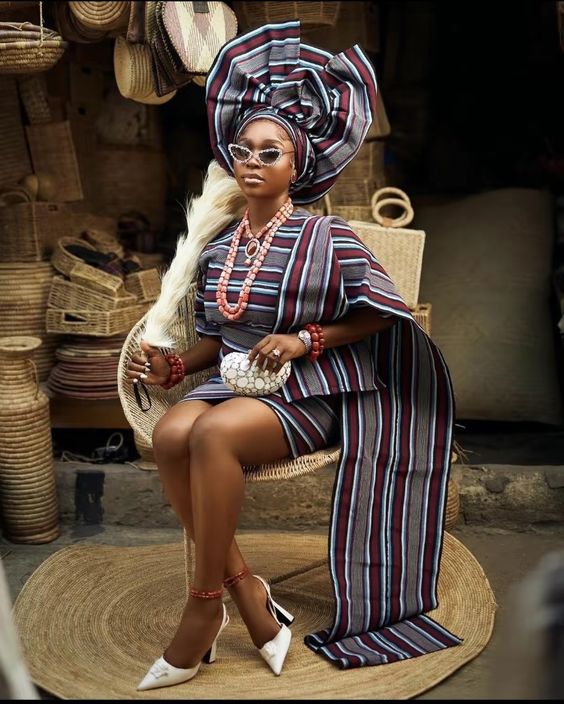
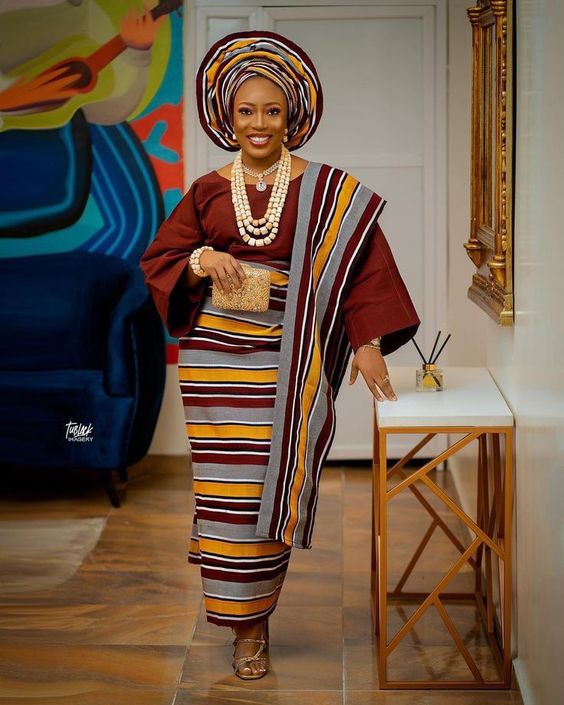
While the basic form of Aso Oke Iro and Buba remains the same, there are various styles and variations that have evolved over time. These variations often reflect regional influences and personal preferences, adding a unique touch to this traditional attire.
One popular style is the Iro and Buba with embellishments. This includes adding intricate embroidery or beadwork to the fabric, creating stunning designs and patterns. These embellishments not only enhance the beauty of the attire but also showcase the craftsmanship and artistry of Nigerian artisans.
Another variation is the Iro and Buba with modern twists. This includes incorporating contemporary elements into the traditional attire, such as using vibrant colors or experimenting with different fabrics. These modern adaptations allow individuals to express their personal style while still honoring it cultural significance.
Where to purchase Aso Oke
You may be wondering where you can purchase this traditional attire. Fortunately, there are several options available for those looking to own a piece of this cultural heritage.
One option is to visit local markets in Nigeria, where you can find artisans and vendors selling Aso Oke Iro and Buba. These markets not only offer a wide selection of designs and styles, but also provide an opportunity to engage directly with the artisans and learn more about the craftsmanship behind the attire.
If you are not in Nigeria, don’t worry! Many online platforms and stores now offer Aso Oke for sale. These websites provide convenience and accessibility, allowing individuals from around the world to purchase this traditional attire with just a few clicks.
When purchasing Aso Oke Iro and Buba, it is important to ensure that it is authentic and of high quality. Look for sellers who have a reputation for producing genuine Aso Oke and who source their materials from trusted suppliers.
Care and maintenance
It’s important to know how to properly care for and maintain this cultural attire. By following these simple steps, you can ensure that your Aso Oke Iro and Buba remains in pristine condition for years to come.
Firstly, it’s recommended to dry clean. This will help prevent any potential damage that may occur from machine washing or hand washing. Dry cleaning ensures that any stains or dirt are professionally removed, without compromising the fabric or design.
When storing this piece, it’s best to use acid-free tissue paper or a breathable garment bag to avoid any discoloration or damage. Avoid hanging the attire for long periods, as this may cause stretching or distortion of the fabric.
In case of any minor stains, gently blot the area with a clean cloth and lukewarm water. Avoid rubbing the fabric vigorously, as this may cause the colors to bleed or fade.
By following these care instructions, you can preserve it beauty and integrity.
The cultural importance of preserving Aso Oke Iro and Buba
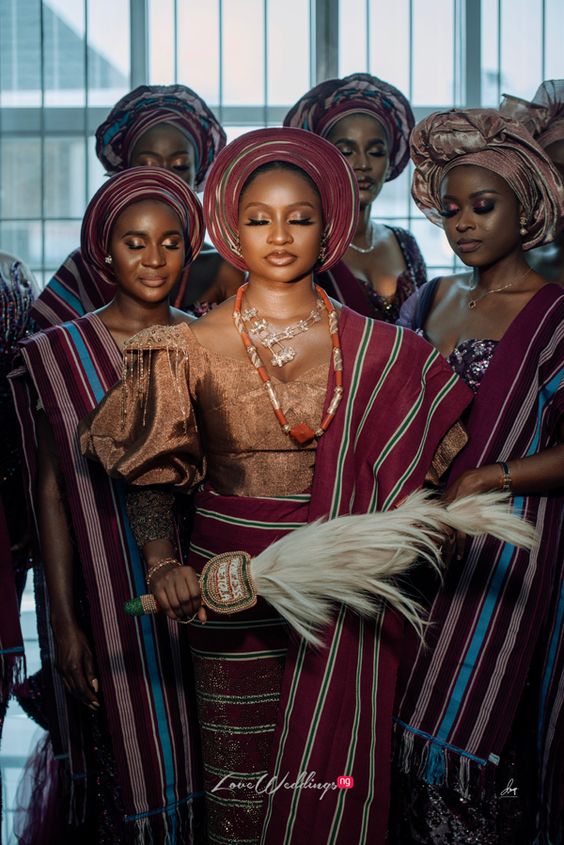
Preserving Aso Oke Iro and Buba is not only about maintaining the physical condition of the attire, but also about honoring and preserving the cultural heritage it represents. it is deeply rooted in Nigerian culture and is often worn during important ceremonies and celebrations.
By caring for it, you are not only extending its lifespan but also ensuring that future generations can experience and appreciate this beautiful tradition. It serves as a connection to our ancestors and a symbol of identity and pride.
Wearing this piece is more than just donning a fashionable outfit. It is an act of preserving and promoting cultural heritage. So, by taking the time and effort to properly care for your attire, you are contributing to the preservation of a rich and meaningful tradition.
Conclusion
In conclusion, This is not just a piece of clothing. It represents a rich cultural heritage and holds great significance in Nigerian culture. By preserving and caring for it, you are not only extending its lifespan but also honoring the traditions and values it embodies. This beautiful attire serves as a connection to our ancestors, a symbol of identity, and a source of pride.